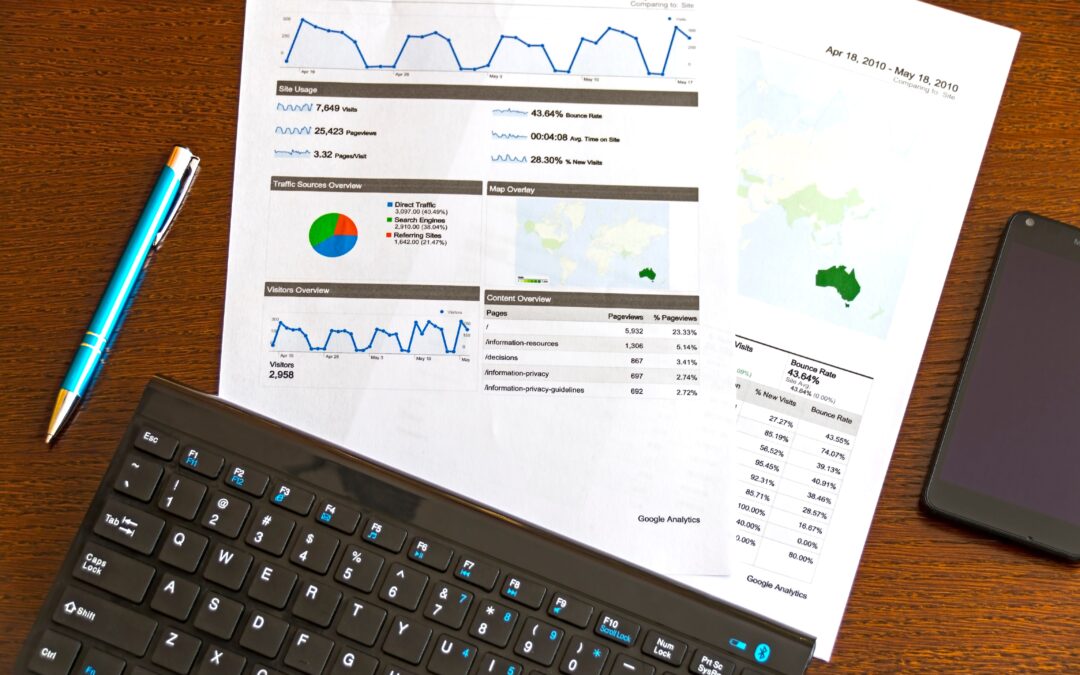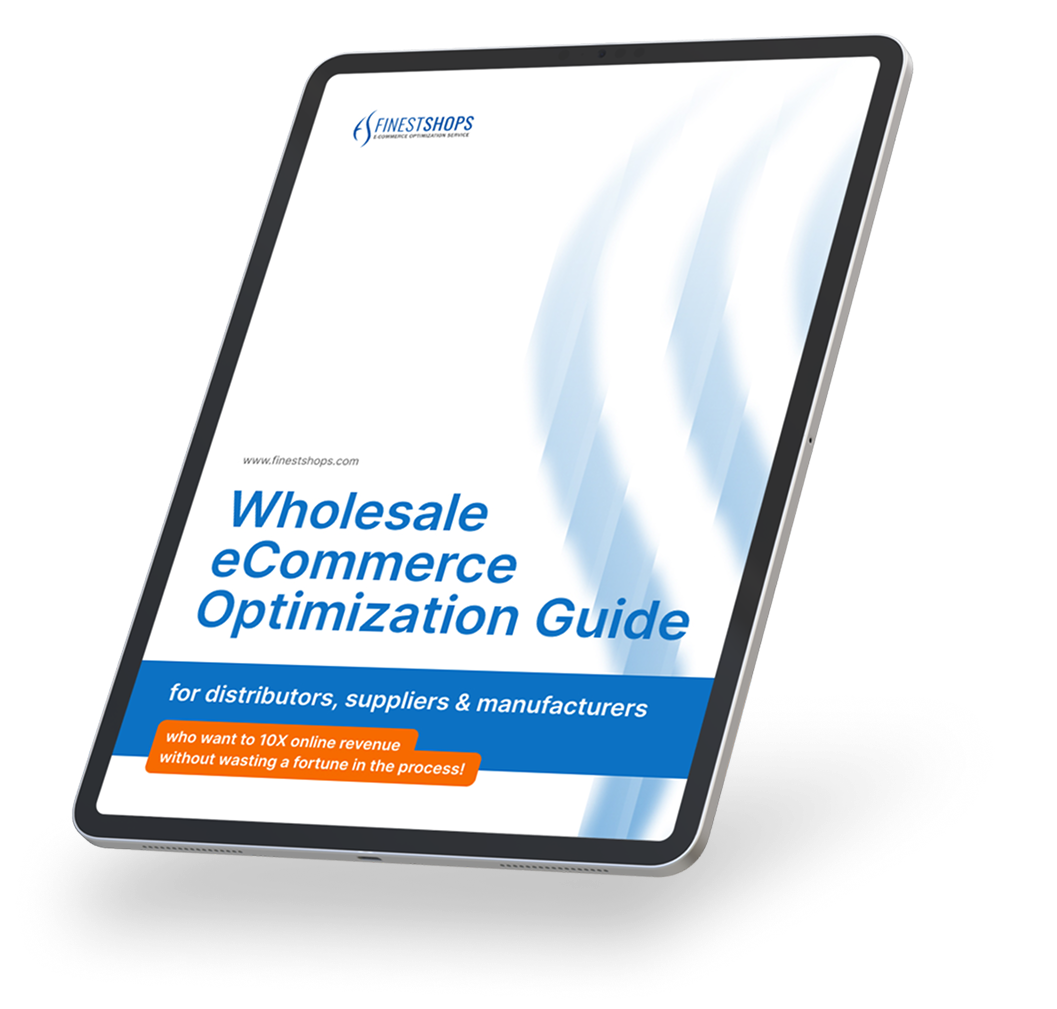Data is the skeleton key to growth. In today’s world, the most successful businesses are the ones who leverage the power of data to better understand their customers, their competitors and even themselves when trying to create more compelling marketing campaigns.
Google Analytics is the tool that can provide these powerful insights. Without it, your B2B businesses will be competing with a huge disadvantage that will limit your ability to grow.
My name’s Anton Pachkine and in this article, I’m going to show you how to use Google Analytics to improve your B2B eCommerce sales and inquiries. If at any point you feel lost or confused about what’s being said then don’t hesitate to get in touch for more information. To do so, simply book a time in my calendar.
Why do many B2B businesses fail in their marketing
The biggest challenge that B2B businesses face is understanding how to leverage data. Google Analytics remains one of the most powerful tools available for businesses to build stronger relationships with their customers and improve their profit margins.
Yet knowing how to use Google Analytics remains one of the biggest challenges for many B2B businesses. Choosing to ignore this platform’s capabilities is costly. And on top of that, Google Analytics may sometimes feel like a confusing cluster of reports that are difficult to understand.
But here’s the problem: overlooking the importance of Google Analytics will make you blind to crucial information about your customers that you could use to drive sales and profits. To sell you need to understand your target market, and Google Analytics gives you the x-ray vision to discover everything you need to know.
It’s no coincidence that the most successful B2B businesses are data-driven. After all, the more you understand your customers, the more effective your marketing is going to be. Not being able to capture these insights is a missed opportunity to optimize your store for conversions and sales, limiting your ability to achieve growth.
How to use Google Analytics to boost your sales
Understand the buyer’s journey
There’s a step-by-step process that each buyer goes through before purchasing from you. Understanding your customer’s journey allows you to hone in on their pain points and market your content with more precision. On Google Analytics you can discover exactly when your customers stop engaging with your website.
To do this, simply click Behaviour Flow under the Behaviour tab. You’ll receive a comprehensive report of where your target market’s path of engagement finishes. Use this data to discover wherein the customer’s journey you need to direct more content to push leads further down the funnel.
Discover how long it takes for your leads to convert
Google Analytics can show you how many interactions a customer will have before purchasing from you. This will highlight how effective your marketing campaigns are and whether you need to focus more of your efforts elsewhere. To get this information, click on Path Length under Conversions.
Find out how long your customers are willing to spend on a certain page
Is your content too long, too short, or just about right? You may have a 4,000-word article that’s packed full of value but if your customers prefer short snappier bites of information they’ll bounce off before reaching the CTA.
Equally, if your content is too short then you may not have provided enough value to persuade people to buy from you. You can discover the ideal length of your content with the ‘Average Time on Page’ metric in the Site Content section. Below is how you’ll find it:
Behaviour > Site Content > All Pages > Avg. Time on Page
Identify how your customers found you
Knowing how your customers landed on your eCommerce site will show you what’s working and what isn’t. The Acquisition Overview report will show you:
- What channels are driving visitors to your site
- What channels drive visitors with the most engagement
- What channels convert the most visitors into customers
With this information, you’ll be able to identify what channels are generating the most sales and where you need to focus your attention to further maximize these.
By the way, I know that we’ve covered a lot so far today…
… but if at any point you want to learn more then don’t hesitate to book a time in my calendar.
Facts & Stats about data-driven marketing
- 40% of businesses aim to increase data-driven budgets (Marketing Evolution, 2021)
- 64% of marketing leaders claim that data-driven strategies are crucial in today’s economic climate (Marketing Evolution, 2021)
- Businesses that use data-driven personalization experience 5-8 times more ROI on their marketing spend (Invesp, 2021)
Final thoughts
Marketing is never easy but it becomes less of a guessing game when you have powerful insights that reveal your customers’ behavior. Google Analytics shows you exactly how visitors are interacting with your website, giving you a good indication of what works and what doesn’t.
Through these insights, you can tweak different elements of your content strategy or even pivot to a new one altogether to find a solution that maximizes sales, inquiries, and conversions. From start to finish, Google Analytics will give you the insights and the direction needed to help you grow your business.
Currently, I’m offering a free consultation to anyone who wants to know more about Google Analytics and how they can leverage it to maximize sales and growth. If you’d like to learn more about what we’ve covered here in this article then feel free to book a time in my calendar.

